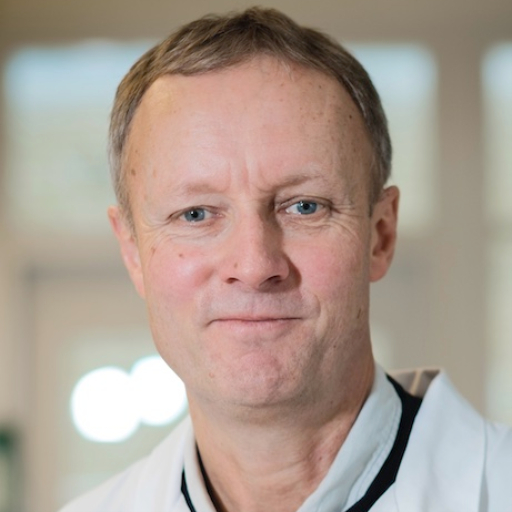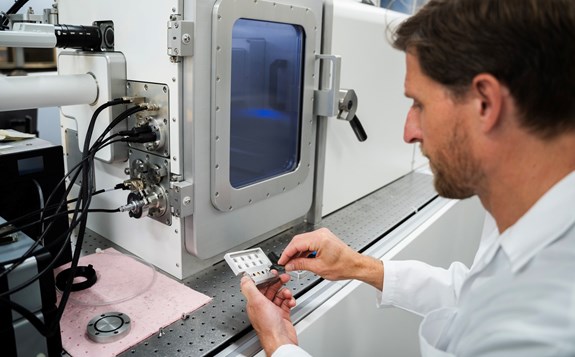We use cookies on this website. Cookies help us deliver the best experience on our website. Read about cookies.
-
- Education
- Education
- Programmes and courses
- Applications and admissions
- Tuition fees
- Scholarships
- Exchange studies at Malmö University
- Study Guidance
-
- After admission
- After admission
- Moving to Malmö
- Pre-orientation
- Arrival guide
-
- About studies at Malmö University
- About studies at Malmö University
- Why choose Malmö University
- Understanding university studies
- Connect with our students
On the page -
- Research
- Research
-
- Doctoral studies
- Doctoral studies
- Doctoral courses
-
- Doctoral schools
- Doctoral schools
- Doctoral school: Education, Learning and Globalisation
- Doctoral school: The National Research School for Professionals in Social Services
- Doctoral school: Learning in Multicultural Societal Contexts
- Doctoral school: ComBine
- Doctoral school: Swedish National Graduate School in Science and Technology Education Research
- Doctoral school: Relevancing Mathematics and Science Education (RelMaS)
- Doctoral school: Sustainable Movement Education
- Doctoral school: Finding ways in a time of great future challenges (FinnFram)
- Doctoral school: Pedagogy and Vocational Skills
- Doctoral school: Culturally Empowering Education through Language and Literature
- Research subjects
-
- Research centres
- Research centres
- Biofilms Research Centre for Biointerfaces
- Citizen Health
- Imagining and Co-Creating Futures
- Institute for Urban Research
- Malmö Institute for Migration Studies
- Literacy and Inclusive Teaching
- Centre for Work Life Studies
- Sustainable Digitalisation Research Centre
- Centre for Sexology and Sexuality Studies
-
- Research publications
- Research publications
- Search publications
- Malmö University Press
- Research events
- Participate in a research study
- Coffee Break Quiz
On the page -
- Collaboration and Innovation
- Collaboration and Innovation
- Innovation
- Collaboration with students
-
- Collaborate with researchers
- Collaborate with researchers
- Labs and facilities
- Culture collaboration
- Support Malmö University
- Alumni & Friends
On the page -
- About us
- About us
-
- Faculties and departments
- Faculties and departments
-
- Faculty of Culture and Society
- Faculty of Culture and Society
- Department of Urban Studies
- Department of Global Political Studies
- School of Arts and Communication
-
- Faculty of Education and Society
- Faculty of Education and Society
- Department of Childhood, Education and Society
- Department of Sports Sciences
- Department of Natural Science, Mathematics and Society
- Department of School Development and Leadership
- Department of Culture, Languages and Media
- Department of Society, Culture and Identity
-
- Faculty of Technology and Society
- Faculty of Technology and Society
- Department of Computer Science and Media Technology
- Department of Materials Science and Applied Mathematics
-
- Faculty of Odontology
- Faculty of Odontology
- Master's programmes in Dental Science
- University Dental Clinic
- Management and decision-making paths
-
- Vision, objectives and strategy 2025
- Vision, objectives and strategy 2025
- Global engagement
- Sustainability
- Widened recruitment and participation
- Quality assurance work at the University
-
- Malmö Academic Choir and Orchestra
- Malmö Academic Choir and Orchestra
- Student work – video pieces
-
- Annual Academic Celebration
- Annual Academic Celebration
- Academic traditions
- Meet our new professors
- The University in a troubled world
On the page

Börje
Sellergren
Professor, directly appointed
borje.sellergren@mau.se
+46 40 665 78 10
orcid.org/0000-0002-2392-3305
Presentation
Professor Sellergrens research expertise span over supramolecular chemistry, molecular recognition and separation science. Based on rational chemical design, molecular self-assembly and imprinting, abiotic receptors are designed and used in affinity techniques for molecular biomarker analysis and discovery, pathogen inhibition and sensing, cell imaging, extracellular matrix imitations and therapeutics. Both “lock-and-key” and multivalent recognition concepts are being pursued. In the former case, molecular imprinting is used to produce robust receptors (MIPs), often exhibiting antibody-like recognition behaviour with nanomolar or higher affinities for biomolecular targets. Larger objects such as viruses or cells are instead targeted using dynamic multivalent receptors in the form of reversible self-assembled monolayers (rSAMs). This membrane mimetic plug and play approach is used to design dynamic virus or bacterial receptors featuring exceptionally high affinities that are currently explored as inhibitors, cell modulators or sensors. Sellergren has published over 190 scientific publications and 15 patents (H-index: 62) in the field of molecular imprinting and biomimetic chemistry with notable contributions reporting robust lipid bilayer mimetics, protein and peptide imprinting, PTM affinity engineering, combinatorial imprinting and host design. As current and previous coordinator of several EU Research Training Networks and as company founder, he has extensive experience in international training of researchers as well as in project management and business development.
Publications
-
2025 | Article in journal
Molecularly Imprinted Nanoparticle-Based Assay for Tetracycline Determination at Subnanomolar Levels
Yadiris García, Myleidi Vera, Duván González, Estefanía Vélez-Peña, Börje Sellergren, Verónica A. Jiménez
-
2025 | Article in journal
A Reversible and Dynamic Surface Functionalization for Fluidity Controlled Multivalent Recognition of Lectins and Bacteria
Thomas Hix Janssens, Adam Tillo, Hanna Isaieva, Zita Lopes da Silva, Zahra Fatahi, Michele Larocca, Gustav Sedelius, Sara Björk Sigurdardóttir, Yulia Sergeeva, Tiba Al-Dujaili, Julia R Davies, Kushagr Punyani, Börje Sellergren
-
2025 | Article in journal
Development of molecularly imprinted polymers for the detection of human chorionic gonadotropin
Radvilė Zubrytė, Liliia Mavliutova, Yadiris García, Mark V Sullivan, Nicholas W Turner, Francesco Patitucci, Laura C Polania, Verónica A Jiménez, Robert Porter, Alice Mattsson, Börje Sellergren
-
2025 | Article, review/survey
Stimuli‐responsive molecularly imprinted materials: Fundamentals and applications
Mark V. Sullivan, Perrine Lasserre, Chester Blackburn, Nicholas W. Turner, Börje Sellergren
-
2025 | Article in journal
PSMA-Targeting Imprinted Nanogels for Prostate Tumor Localization and Imaging
Tong Zhang, Melanie Berghaus, Yuan Li, Qingmei Song, Maria Magdalena Stollenwerk, Jenny Persson, Kenneth J Shea, Börje Sellergren, Yongqin Lv
Research Projects
-
Research project
Biomimetic sensors for monitoring of Norovirus and SARS-CoV-2 genetic variants in water
-
Doctoral Project
Biomimetic SARS-C oV-2 receptors as host cell models, diagnostic tools and for antiviral research
-
Research project
Detection and sensing of predictive biomarkers for periodontitis
